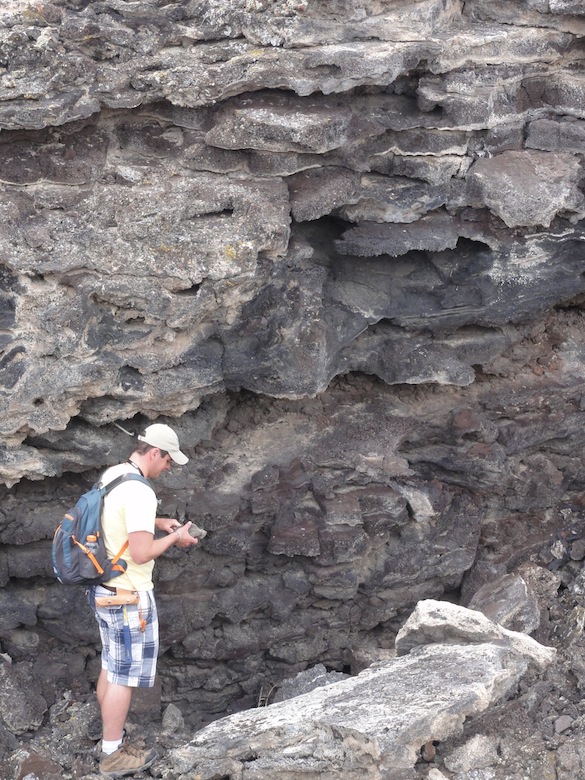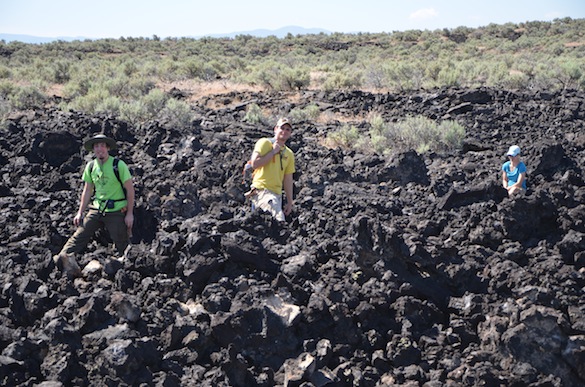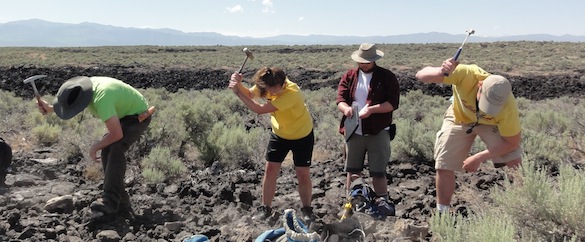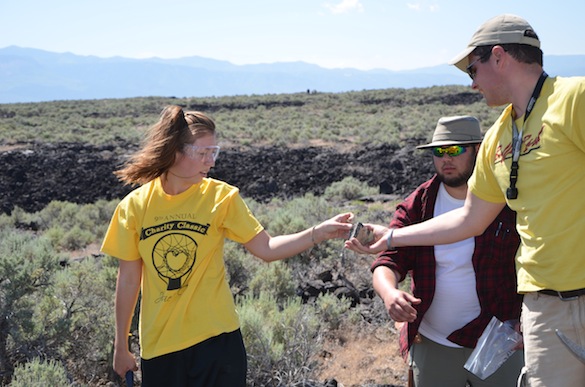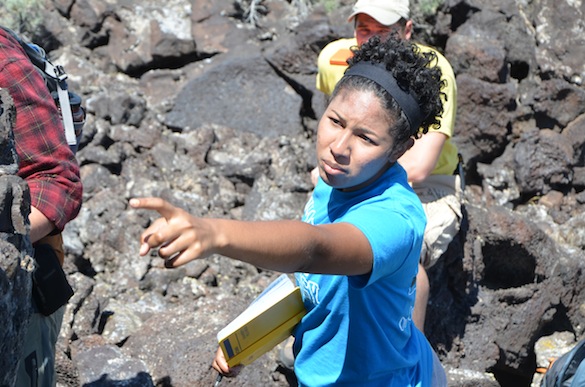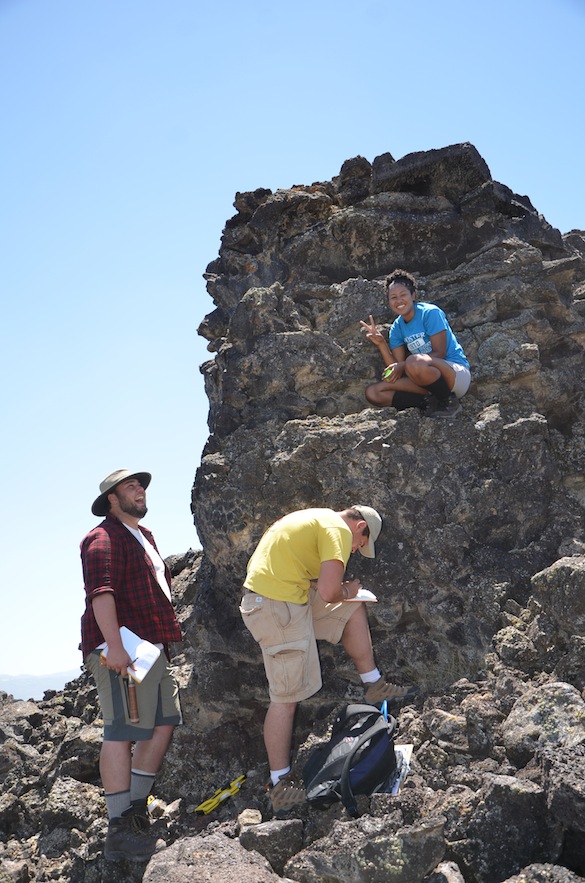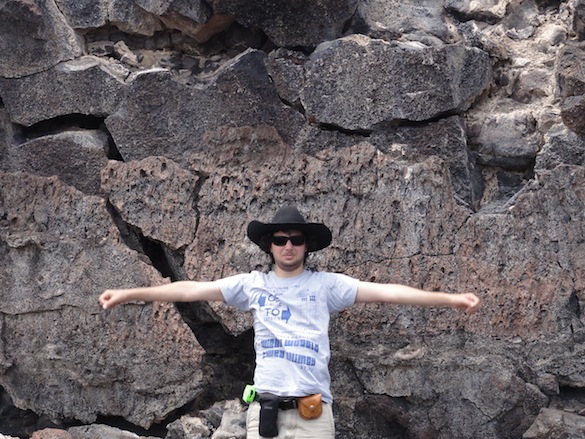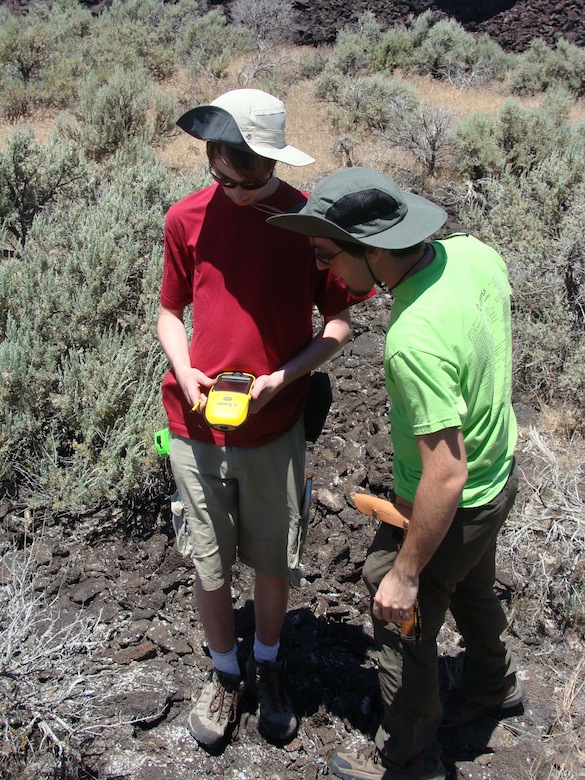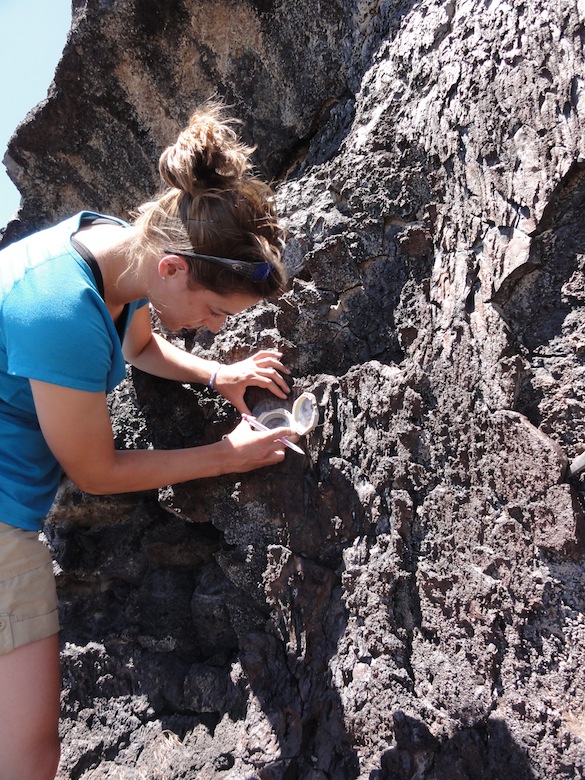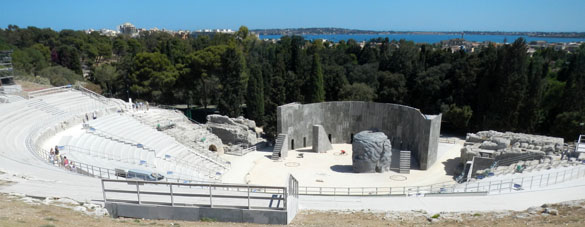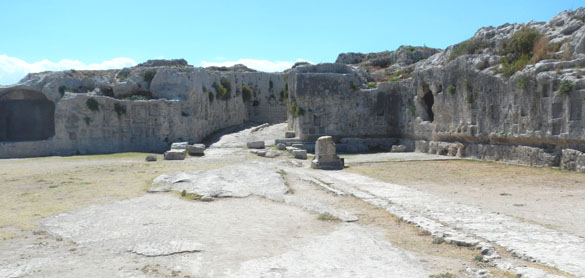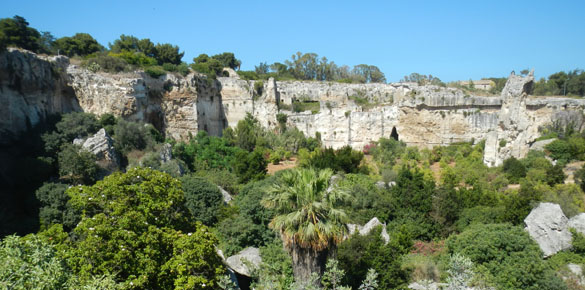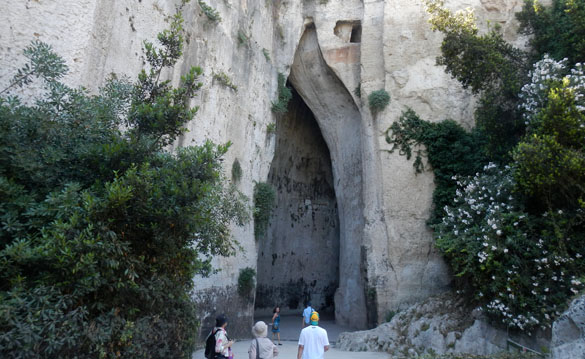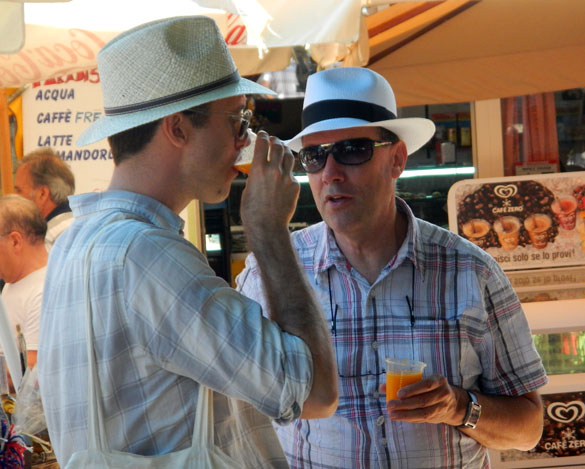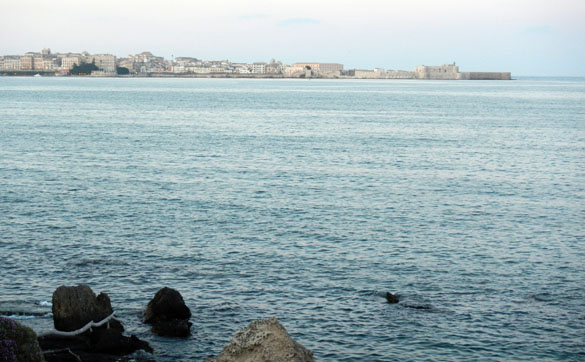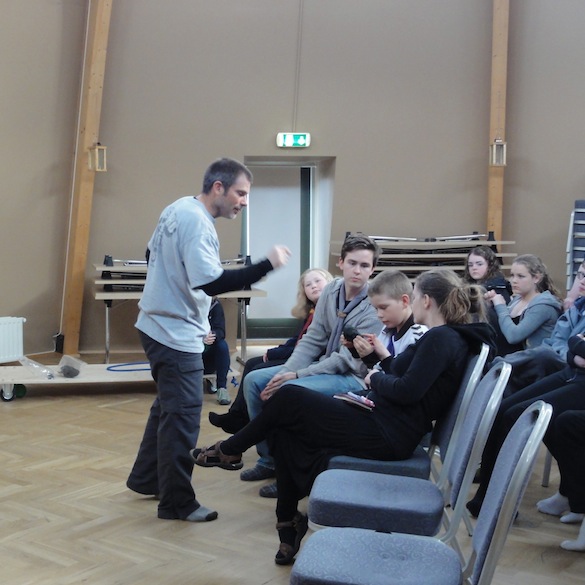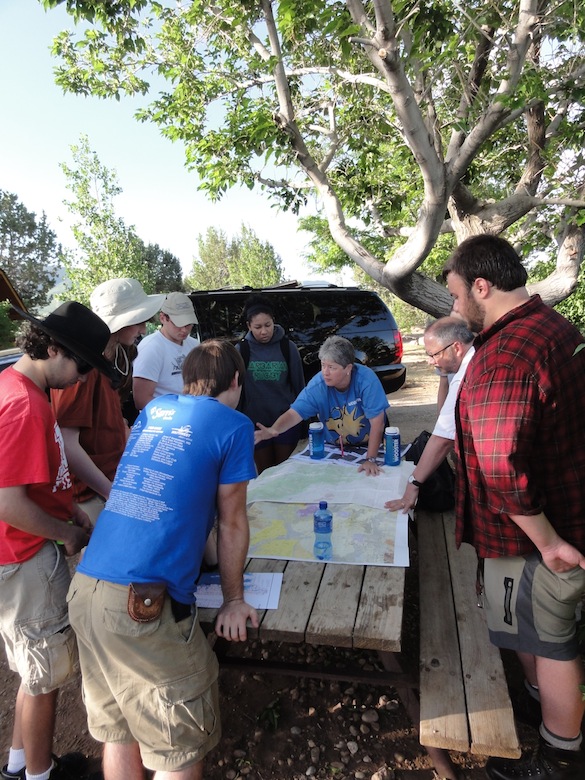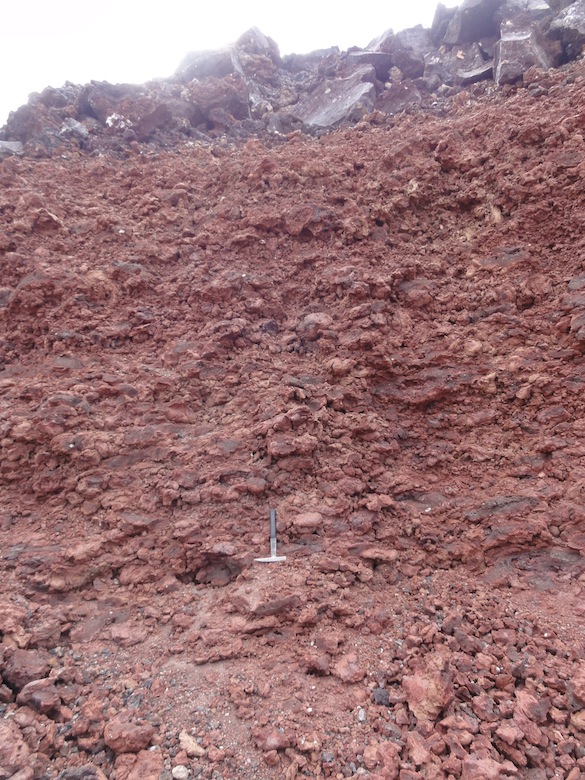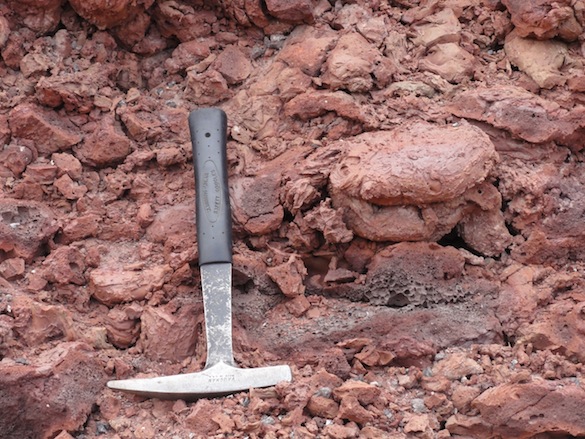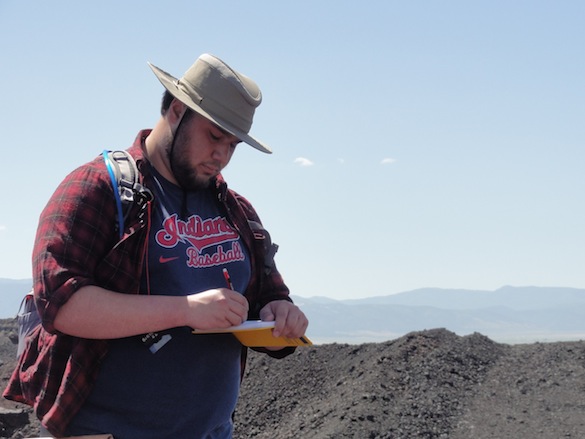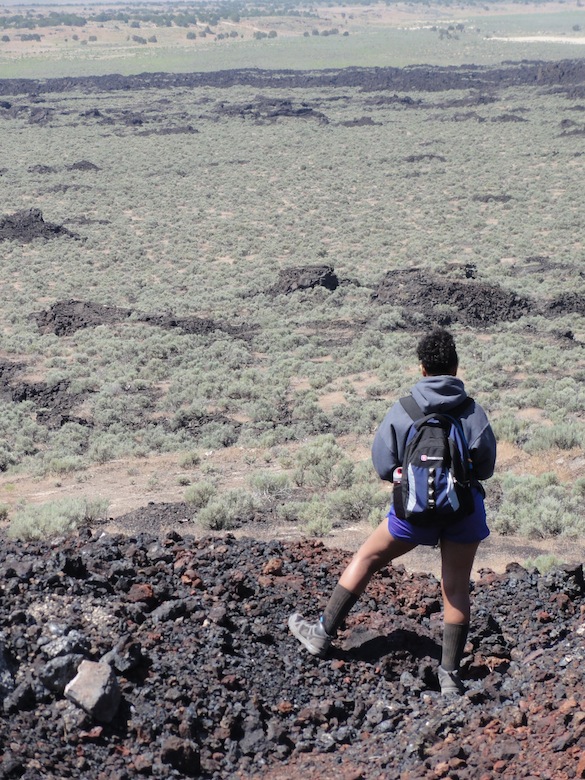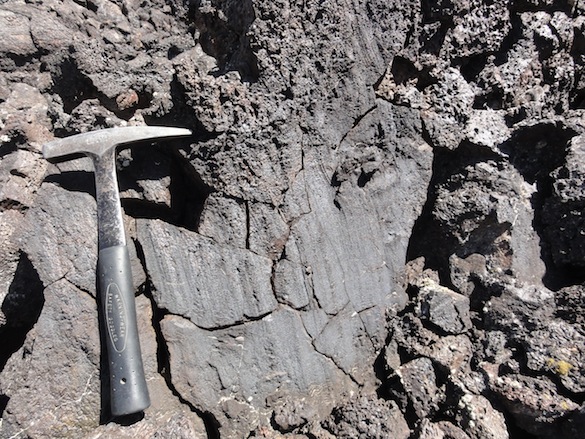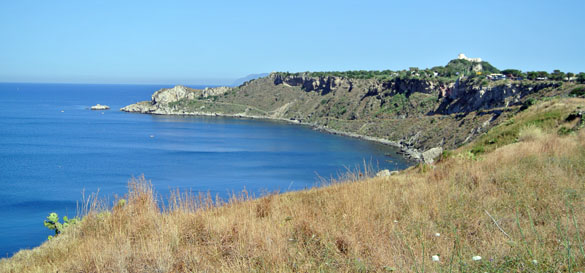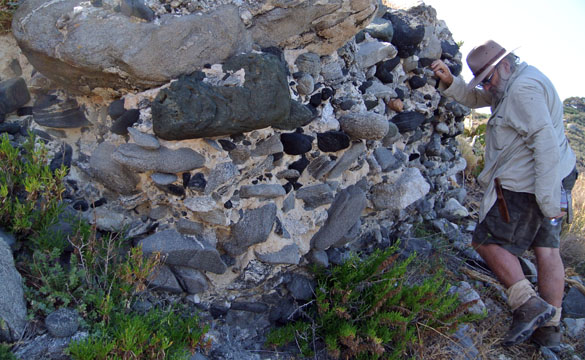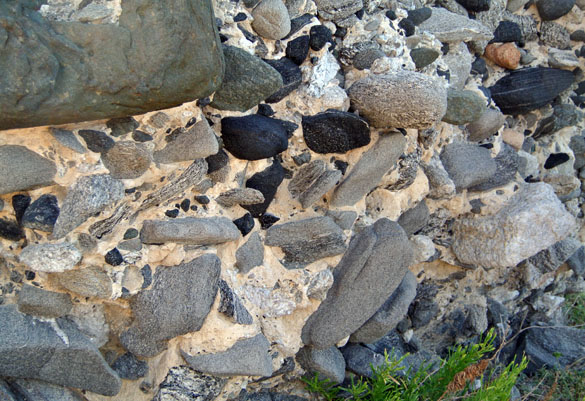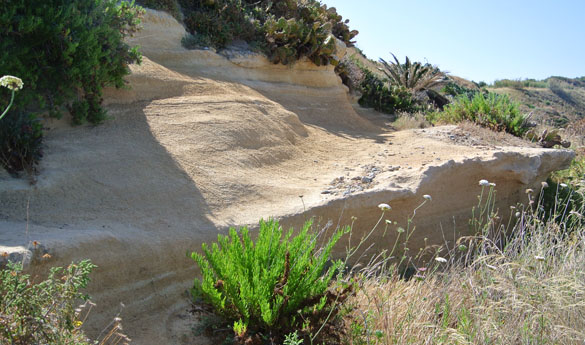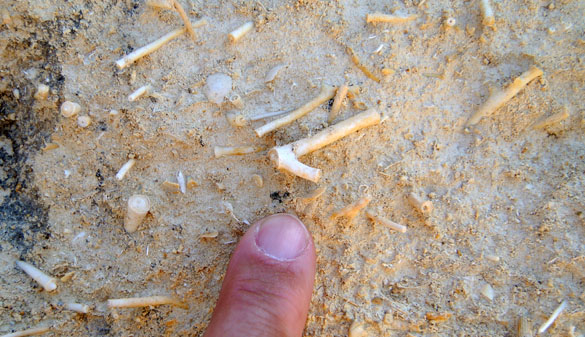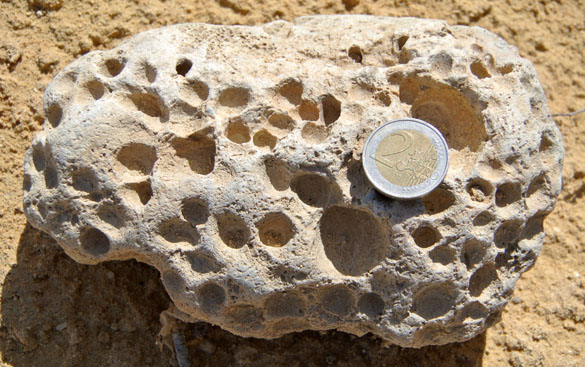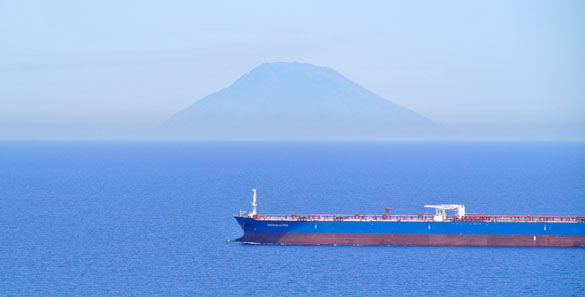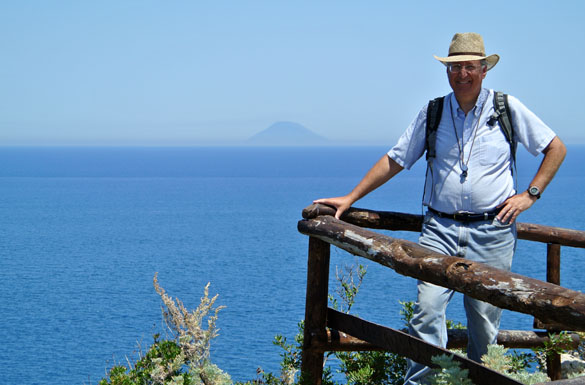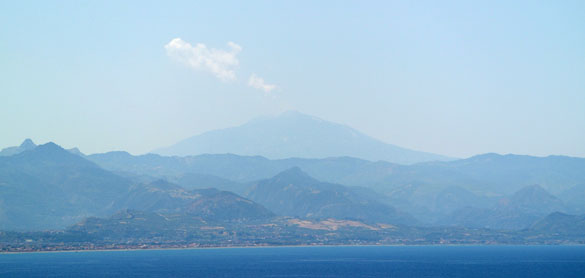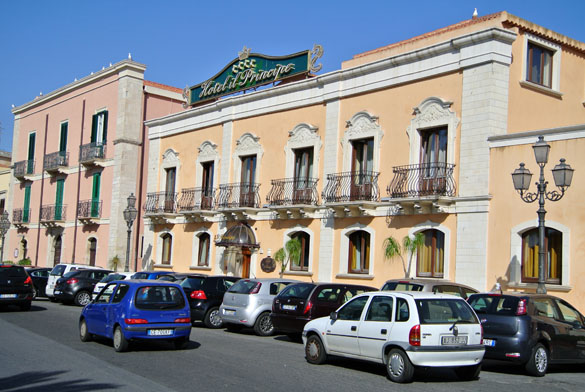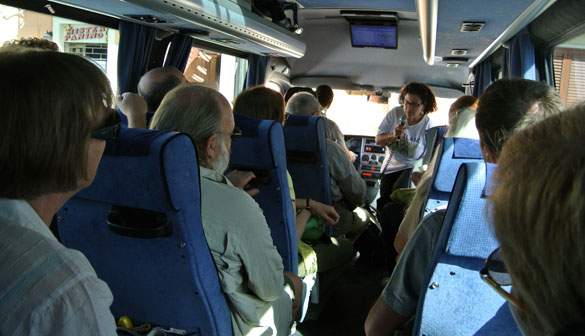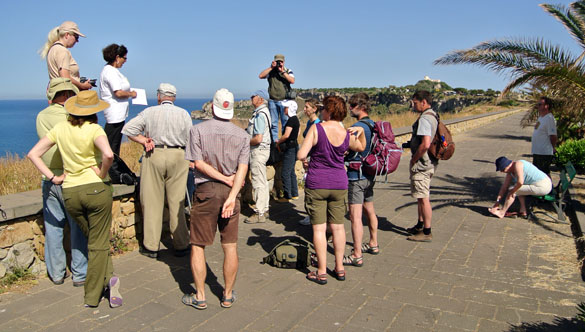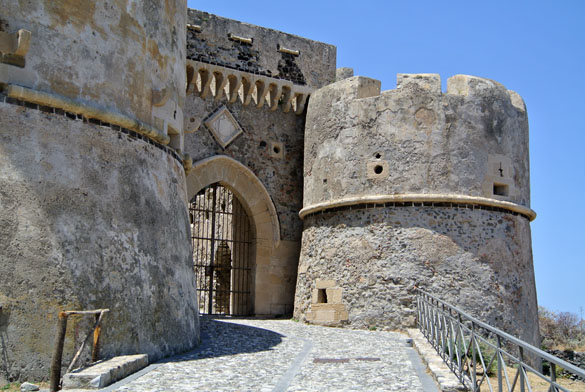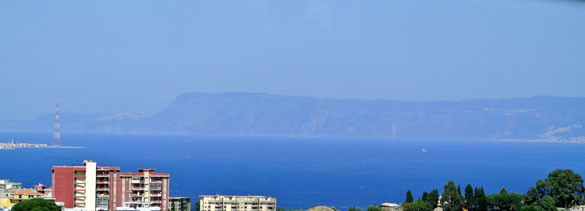 More fossil fish teeth this week. This impressive, barbed tooth is from the ancient chondrichthyan sawfish Onchopristis numidus (Haug, 1905). It was found in the Tegana Formation (Cenomanian, Upper Cretaceous) near Kem Kem, Morocco (and is yet another contribution from our alumnus George Chambers).
More fossil fish teeth this week. This impressive, barbed tooth is from the ancient chondrichthyan sawfish Onchopristis numidus (Haug, 1905). It was found in the Tegana Formation (Cenomanian, Upper Cretaceous) near Kem Kem, Morocco (and is yet another contribution from our alumnus George Chambers).
 These are all rostral teeth, meaning they are the sideways teeth on each side of the snout (rostrum) of the sawfish. They each have a barb for entangling prey. Like modern sawfish, O. numidus would have lived along the bottom and occasionally thrashed about, wounding smaller fish and crustaceans so that it could catch and eat them.
These are all rostral teeth, meaning they are the sideways teeth on each side of the snout (rostrum) of the sawfish. They each have a barb for entangling prey. Like modern sawfish, O. numidus would have lived along the bottom and occasionally thrashed about, wounding smaller fish and crustaceans so that it could catch and eat them.
 Onchopristis numidus was the largest sawfish known, making it a formidable predator.
Onchopristis numidus was the largest sawfish known, making it a formidable predator.
Of course, seeing it against a human profile makes it more real!
 Despite its size, O. pristis had a famous nemesis: the dinosaur Spinosaurus. Barbed teeth of the sawfish have been found embedded in the jaws of this beast. The above image is from the show Dinosaur Planet, as is this Youtube clip of the two struggling (with one clearly losing).
Despite its size, O. pristis had a famous nemesis: the dinosaur Spinosaurus. Barbed teeth of the sawfish have been found embedded in the jaws of this beast. The above image is from the show Dinosaur Planet, as is this Youtube clip of the two struggling (with one clearly losing).
And yes, Spinosaurus is coming as a future Fossil of the Week!
References:
Martill, D.M. and Ibrahim, N. 2012. Aberrant rostral teeth of the sawfish Onchopristis numidus from the Kem Kem beds (? early Late Cretaceous) of Morocco and a reappraisal of Onchopristis in New Zealand. Journal of African Earth Sciences 64: 71-76.
Slaughter, B.H. and Steiner, M. 1968. Notes on rostral teeth of ganopristine sawfishes, with special reference to Texas material. Journal of Paleontology 42: 233-239.
Slaughter, B.H. and Thurmond, J.T. 1974. A lower Cenomanian (Cretaceous) ichthyofauna from the Bahariya Formation of Egypt. Annals of the Geological Survey of Egypt 4: 25-40.




